Picture this: you’re admiring a beautiful ladybug delicately perched on a rose petal, its glossy red shell gleaming in the afternoon sun. But what if I told you that this charming creature might be harboring a dark secret? While most of us grew up believing ladybugs are nature’s gentle gardeners, protecting our plants from harmful pests, the reality is far more complex and frankly, a bit unsettling. Some ladybugs have abandoned their traditional role as aphid hunters and instead become something entirely different – fungal farmers with a taste for destruction.
The Dark Side of Nature’s Cutest Beetle
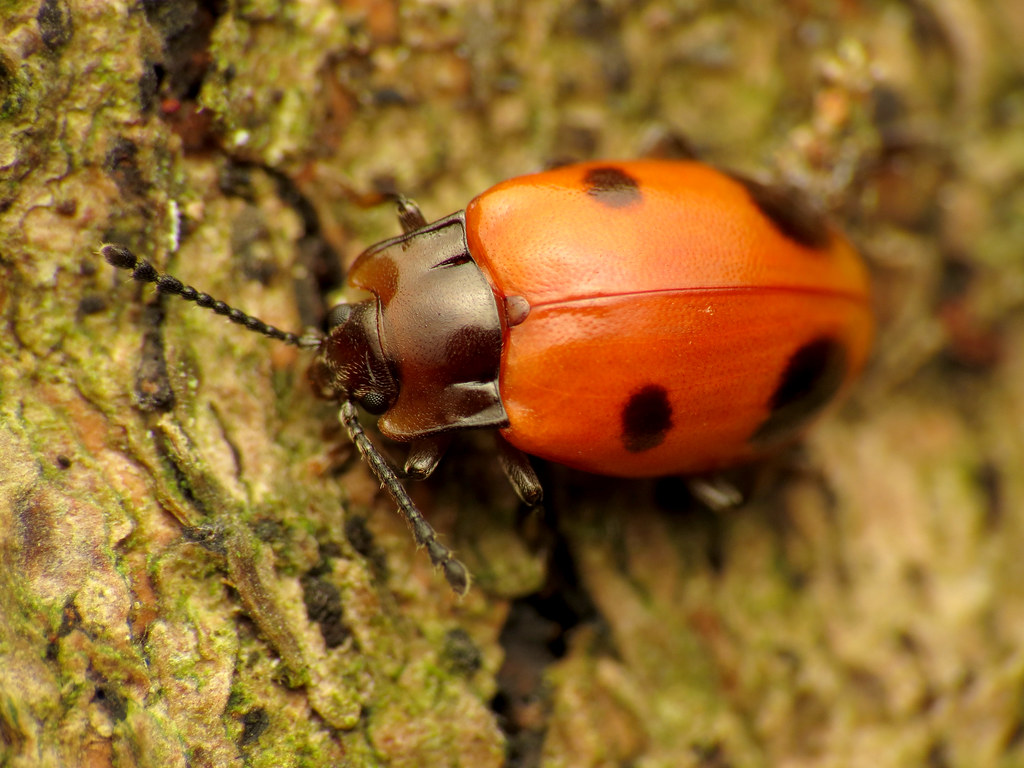
When we think of ladybugs, we immediately conjure images of good luck charms and beneficial garden visitors. However, nature has a twisted sense of humor, and not all ladybugs play by the rules we’ve come to expect. Some species have evolved into what scientists call “mycophagous” ladybugs – creatures that feed primarily on fungi rather than the soft-bodied insects we typically associate with their diet.
These fungal-feeding ladybugs represent a fascinating evolutionary shift that challenges everything we thought we knew about these beloved beetles. Unlike their aphid-hunting cousins, these rogue ladybugs have developed specialized mouthparts and digestive systems designed specifically for consuming fungal spores and mycelia. The transformation is so complete that their entire lifestyle revolves around locating, cultivating, and harvesting fungal colonies.
Meet the Fungal Farmers: Species That Break the Mold
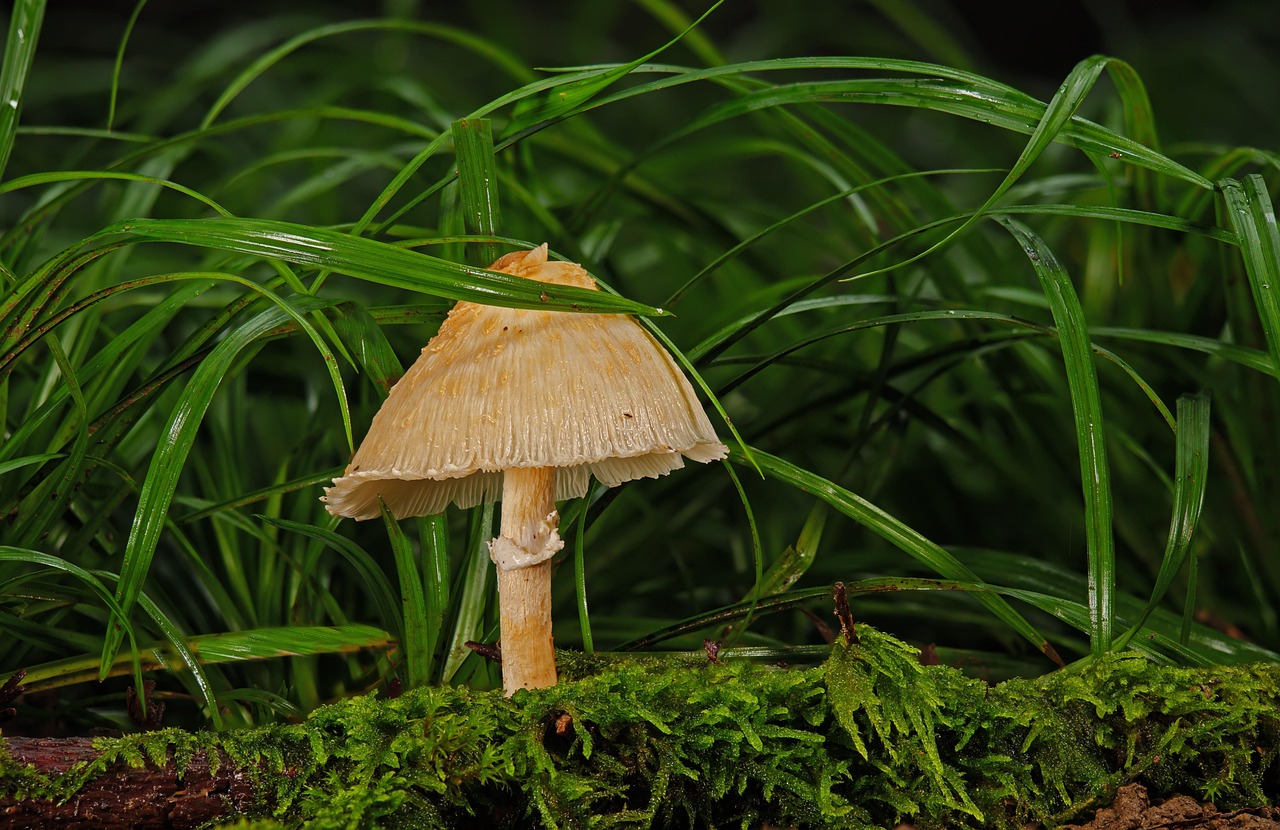
The most notorious of these fungal farmers belongs to the genus *Epilachna*, commonly known as the Mexican bean beetle. These ladybugs have completely abandoned the traditional ladybug lifestyle and instead focus their attention on plants and the fungi that grow on them. Their larvae look remarkably different from typical ladybug larvae, sporting spines and a yellowish coloration that makes them appear more like tiny dragons than beneficial insects.
Another surprising member of this rogue gallery is *Subcoccinella vigintiquatuorpunctata*, the 24-spot ladybug. This European species has developed an appetite for powdery mildew, a fungal disease that affects numerous plant species. While this might sound beneficial at first glance, these ladybugs often cause more harm than good by spreading fungal spores as they move from plant to plant.
The diversity among fungal-feeding ladybugs is staggering, with species found on every continent except Antarctica. Each has adapted to specific fungal hosts, creating intricate ecological relationships that scientists are only beginning to understand.
How Ladybugs Became Fungi Fanatics
The evolutionary journey from predator to fungal farmer didn’t happen overnight. Scientists believe this transformation occurred over millions of years, driven by environmental pressures and resource availability. When traditional prey became scarce or competition intensified, some ladybug populations began experimenting with alternative food sources.
Fungi presented an abundant and relatively untapped resource that many other insects avoided. The transition required significant anatomical changes, including modifications to their mandibles for scraping fungal material and alterations to their digestive systems to process fungal nutrients effectively. Some species even developed specialized enzymes to break down tough fungal cell walls.
This dietary shift represents one of the most dramatic examples of ecological flexibility in the insect world. The ladybugs that successfully made this transition found themselves in a new niche with reduced competition and abundant food sources, setting the stage for their continued evolution as fungal specialists.
The Anatomy of a Fungal Predator
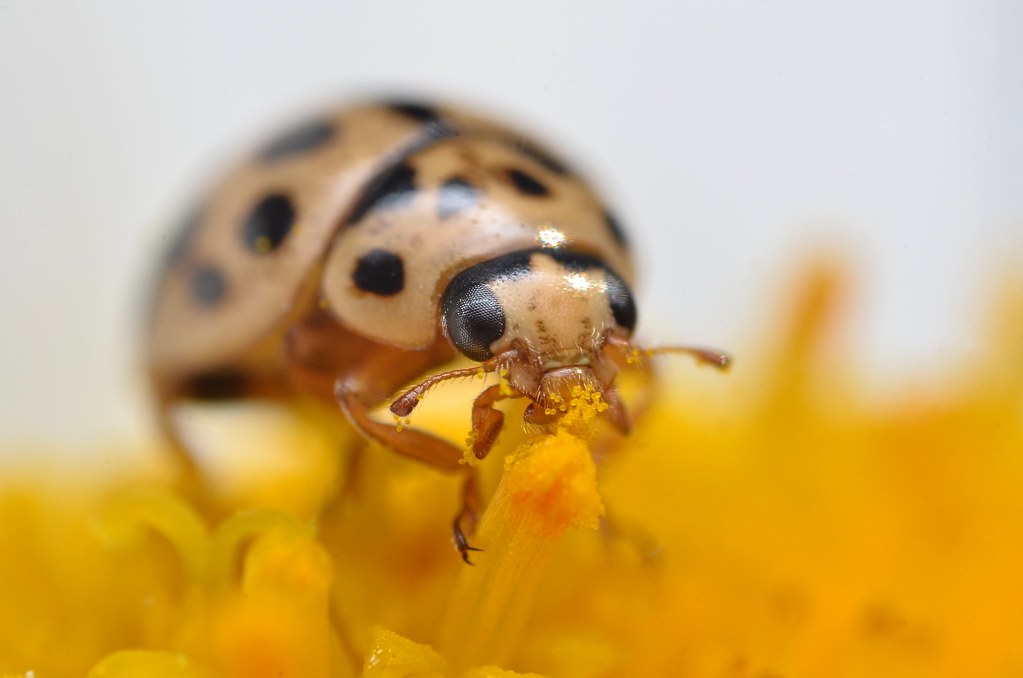
Fungal-feeding ladybugs possess several unique anatomical features that distinguish them from their aphid-hunting relatives. Their mandibles are typically broader and more robust, designed for scraping rather than piercing and sucking. These modified mouthparts allow them to efficiently harvest fungal spores and hyphal material from plant surfaces.
Their digestive systems have also undergone significant modifications. The gut microbiome of fungal-feeding ladybugs contains specialized bacteria and enzymes capable of breaking down complex fungal compounds like chitin and cellulose. This specialized digestive apparatus allows them to extract maximum nutrition from what would otherwise be an indigestible food source for most insects.
Perhaps most intriguingly, some fungal-feeding ladybugs have developed enhanced sensory organs that help them locate fungal colonies. These beetles can detect chemical signals released by fungi, essentially following their “noses” to rich feeding grounds that other insects might overlook entirely.
Agricultural Nightmares: When Ladybugs Turn Bad
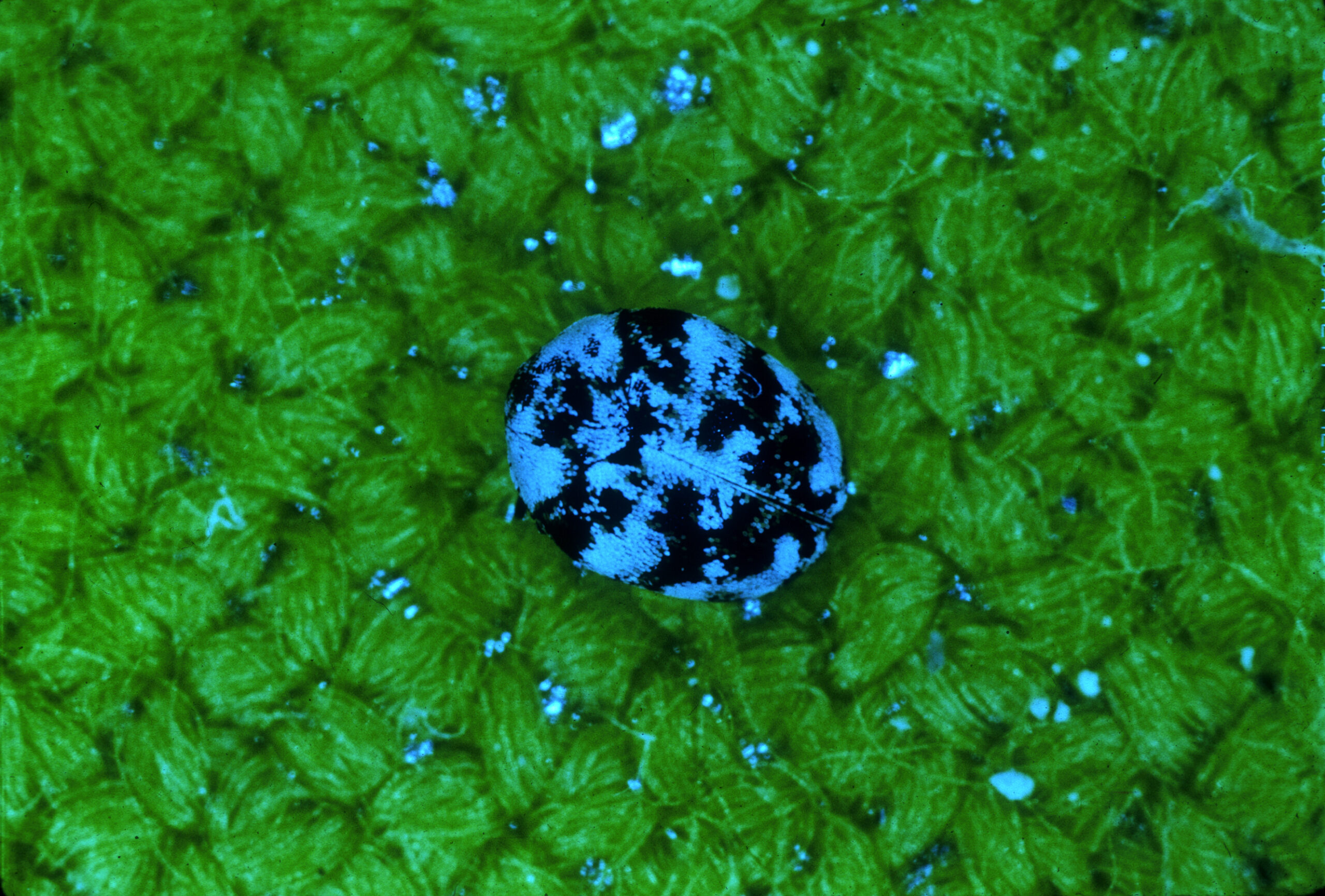
The agricultural impact of rogue ladybugs extends far beyond simple crop damage. These fungal farmers often serve as vectors for plant diseases, inadvertently spreading harmful fungi as they move from field to field. Their feeding activities can weaken plant defenses, making crops more susceptible to secondary infections and environmental stresses.
The Mexican bean beetle, for instance, has become a major pest in North American agriculture. Unlike beneficial ladybugs that protect crops, these beetles systematically destroy bean plants by feeding on leaves, flowers, and developing pods. A single infestation can devastate an entire bean crop, causing significant economic losses for farmers.
What makes these agricultural pests particularly challenging is their resemblance to beneficial ladybugs. Many farmers and gardeners struggle to distinguish between helpful and harmful species, leading to misguided conservation efforts that inadvertently protect crop pests. This confusion has contributed to the spread of problematic ladybug populations in agricultural regions worldwide.
The Ecological Domino Effect
The presence of fungal-farming ladybugs creates ripple effects throughout entire ecosystems. By consuming fungi that play crucial roles in nutrient cycling and plant health, these beetles can disrupt delicate ecological balances. Some fungi serve as important decomposers, breaking down organic matter and returning nutrients to the soil.
When ladybugs remove these beneficial fungi from the equation, the consequences can be far-reaching. Plants may struggle to access essential nutrients, soil health may decline, and entire food webs can shift in unexpected ways. The removal of mycorrhizal fungi, which form symbiotic relationships with plant roots, can be particularly devastating to forest ecosystems.
These ecological disruptions highlight the interconnected nature of natural systems and demonstrate how a single species’ dietary preferences can influence entire landscapes. The fungal-farming ladybugs serve as a reminder that even small insects can wield enormous ecological influence when their populations reach significant levels.
Chemical Warfare: How Fungi Fight Back
The relationship between ladybugs and fungi isn’t entirely one-sided. Many fungi have evolved sophisticated defense mechanisms to protect themselves from insect predators, including specialized chemicals and physical barriers. Some fungi produce toxic compounds that can poison or deter feeding insects, while others develop thick, waxy coatings that make them difficult to consume.
Certain fungal species have taken defensive strategies to extreme levels, producing compounds that actually alter the behavior of insects that attempt to feed on them. These chemical weapons can cause confusion, paralysis, or even death in attacking insects, serving as powerful deterrents to would-be predators.
The ongoing arms race between fungal-feeding ladybugs and their fungal prey has driven remarkable evolutionary innovations on both sides. As fungi develop better defenses, ladybugs evolve improved methods of overcoming these obstacles, creating a dynamic and ever-changing ecological battlefield.
Geographic Hotspots: Where Rogue Ladybugs Thrive
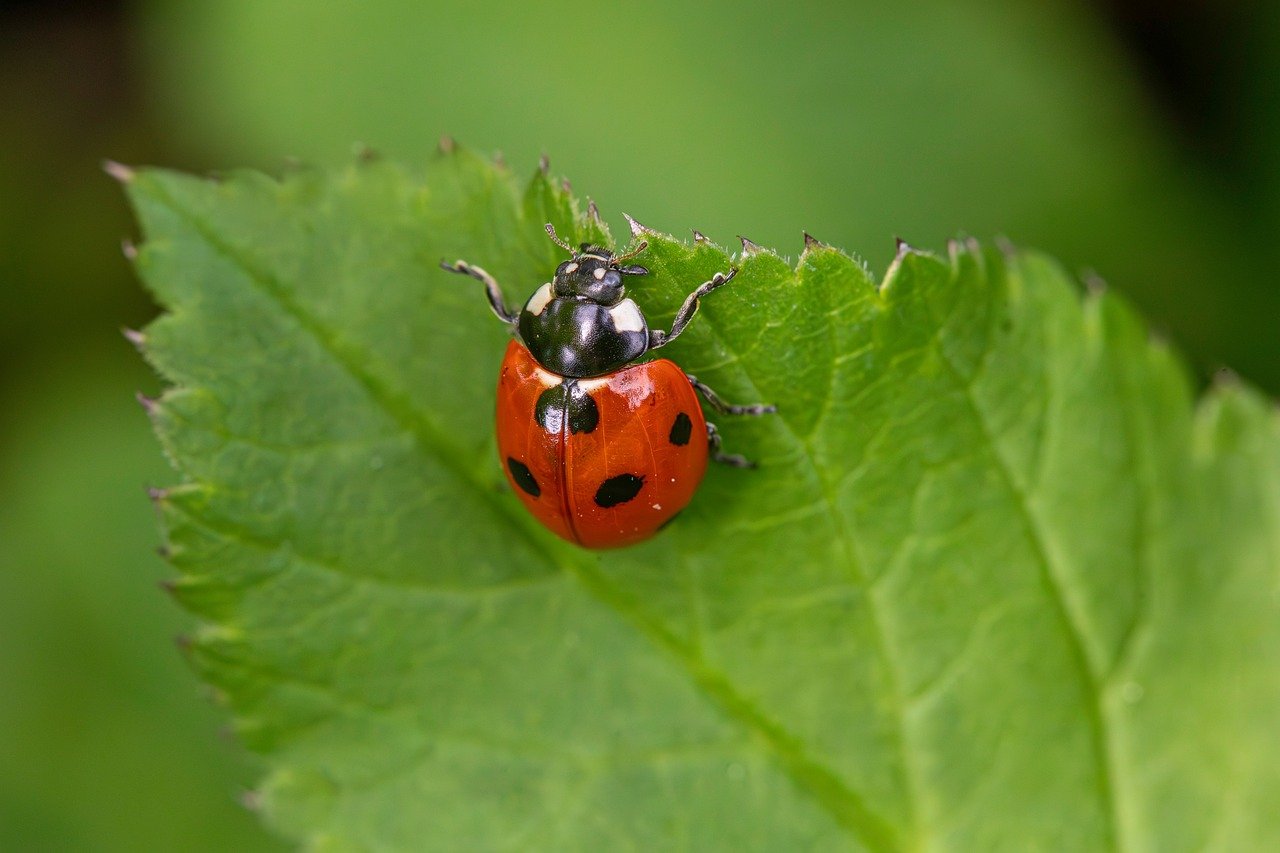
Fungal-farming ladybugs aren’t evenly distributed across the globe. Certain regions provide ideal conditions for these specialized beetles, particularly areas with high humidity, diverse fungal communities, and suitable host plants. Tropical and subtropical regions often harbor the greatest diversity of fungal-feeding ladybug species due to their favorable climatic conditions.
The Mediterranean region has become a particular hotspot for several problematic species, where the combination of agricultural activity and favorable climate creates perfect conditions for fungal-feeding ladybugs. Similarly, parts of Asia and South America support thriving populations of these agricultural pests, often in areas where traditional farming practices provide abundant opportunities for fungal development.
Climate change is expanding the geographic range of many fungal-feeding ladybugs, as warming temperatures and changing precipitation patterns create new suitable habitats. This expansion presents growing challenges for agricultural regions that previously had little experience dealing with these specialized pests.
Mistaken Identity: The Confusion Factor

One of the most significant challenges in managing fungal-farming ladybugs lies in correctly identifying them. Many species closely resemble beneficial ladybugs, making field identification extremely difficult for non-experts. This confusion has led to numerous cases of misidentification, where farmers and gardeners unknowingly protect harmful species while eliminating beneficial ones.
The subtle differences between species often require microscopic examination or DNA analysis to confirm identification. Color patterns, spot arrangements, and body size can vary significantly within species, making visual identification unreliable. Even experienced entomologists sometimes struggle to distinguish between closely related species without detailed morphological analysis.
This identification challenge has practical implications for pest management strategies. When farmers can’t reliably identify harmful species, they may resort to broad-spectrum treatments that eliminate both beneficial and harmful ladybugs, ultimately disrupting natural pest control systems and creating new problems in agricultural ecosystems.
The Science Behind Fungal Farming
Recent research has revealed the sophisticated nature of fungal farming behavior in certain ladybug species. Some beetles don’t simply consume fungi they encounter randomly; instead, they actively cultivate and maintain fungal gardens. This behavior involves selecting appropriate substrates, creating optimal growing conditions, and even protecting their fungal crops from competitors.
The cultivation process begins when adult ladybugs identify suitable locations for fungal growth, often choosing areas with specific moisture levels and organic matter content. They then introduce fungal spores, either through direct inoculation or by encouraging natural colonization. Throughout the growing process, these beetles maintain their fungal gardens by removing competing organisms and adjusting environmental conditions.
This sophisticated agricultural behavior demonstrates cognitive abilities that scientists previously didn’t associate with ladybugs. The beetles must recognize different fungal species, understand optimal growing conditions, and make complex decisions about resource allocation and timing. Such behaviors suggest that fungal-farming ladybugs possess more advanced intelligence than traditional models of insect cognition would predict.
Impact on Native Ecosystems

The introduction of fungal-farming ladybugs into non-native ecosystems has created significant conservation challenges. These beetles often lack natural predators in their new environments, allowing their populations to explode unchecked. The resulting ecological disruptions can fundamentally alter native plant communities and threaten indigenous species.
In some cases, invasive fungal-farming ladybugs have contributed to the decline of native beneficial insects by competing for resources and habitat. Their feeding activities can eliminate important fungi that native species depend on for survival, creating cascading effects throughout the food web. The loss of native pollinators and pest control insects can have long-term consequences for ecosystem stability.
Conservation efforts now must account for the complex interactions between fungal-farming ladybugs and native ecosystems. Traditional conservation strategies that focus on protecting all ladybug species may inadvertently harm native communities by failing to distinguish between beneficial and harmful species. This challenge requires more nuanced approaches that consider the specific ecological roles of different ladybug species.
Management Strategies: Fighting Back Against Rogue Ladybugs
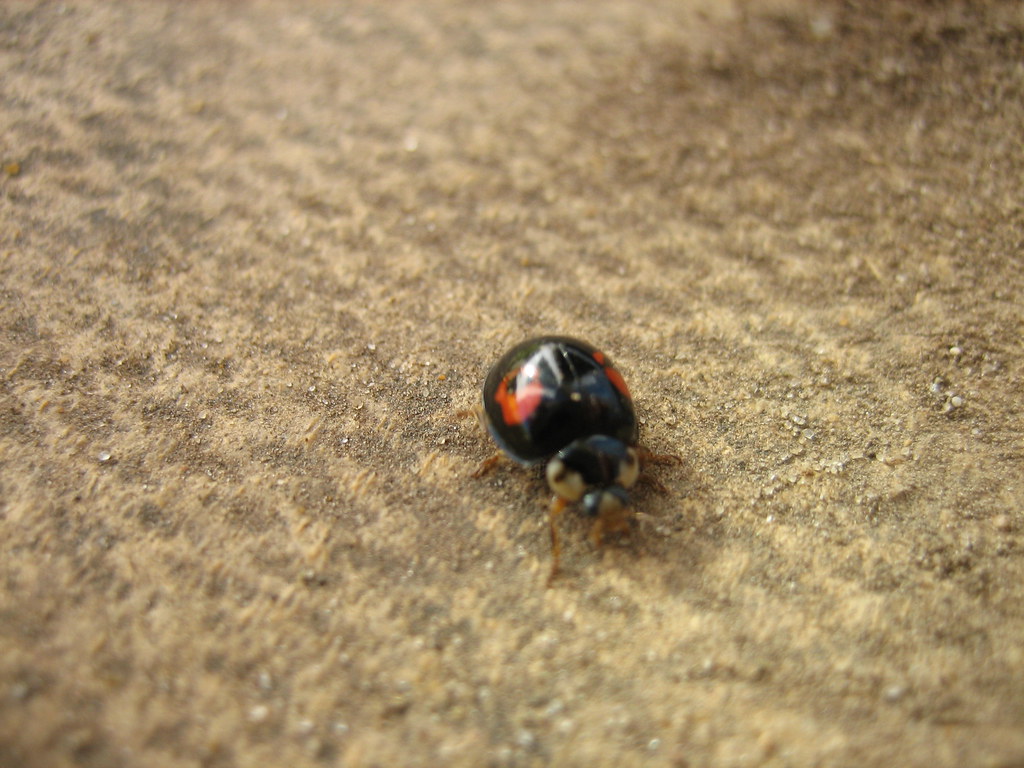
Controlling fungal-farming ladybugs requires integrated pest management approaches that combine multiple strategies. Biological control methods using natural predators and parasites show promise for managing certain species, particularly when implemented in conjunction with cultural practices that reduce fungal habitat availability.
Chemical control options exist but must be used judiciously to avoid harming beneficial insects. Targeted applications of fungicides can reduce the food sources available to fungal-farming ladybugs, potentially forcing them to relocate or reducing their reproductive success. However, these approaches must be carefully balanced against the ecological benefits that many fungi provide.
Physical barriers and exclusion methods can protect valuable crops from fungal-farming ladybugs, though these approaches are often labor-intensive and may not be practical for large-scale agricultural operations. Crop rotation and intercropping strategies can also help disrupt the lifecycle of these pests by eliminating their preferred host plants and fungal partners.
Future Research Directions
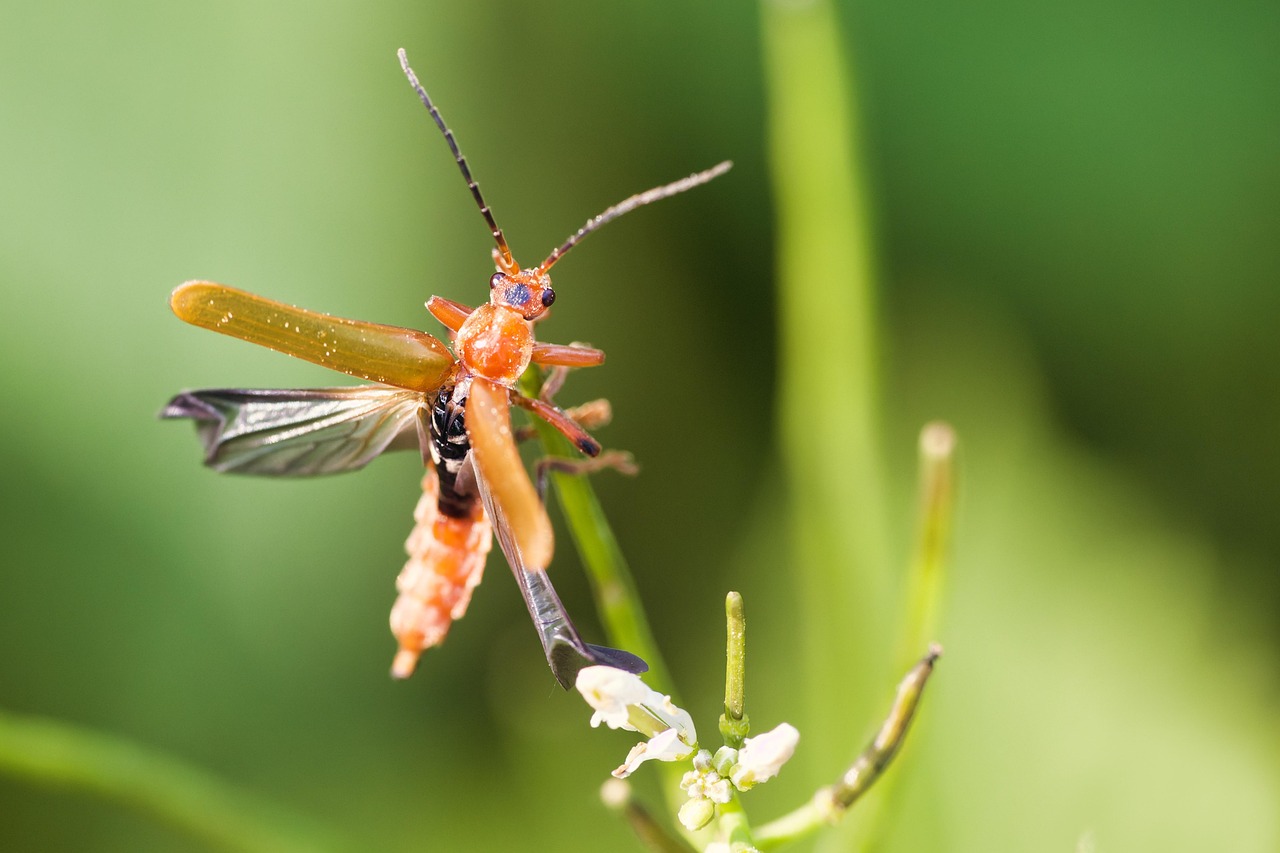
Scientists are actively investigating new approaches to understanding and managing fungal-farming ladybugs. Genetic research is revealing the molecular mechanisms behind their specialized feeding behaviors, potentially opening new avenues for targeted control strategies. Advanced imaging techniques are providing unprecedented insights into the anatomical adaptations that enable these beetles to thrive on fungal diets.
Ecological modeling studies are helping predict the spread of invasive fungal-farming ladybugs and identify regions at risk of future infestations. These models incorporate climate data, host plant distributions, and fungal community compositions to forecast where problems might emerge. Such predictive tools could enable proactive management strategies that prevent establishment rather than respond to existing infestations.
The development of rapid identification technologies, including portable DNA sequencers and AI-powered image recognition systems, promises to revolutionize field identification capabilities. These tools could help farmers and land managers quickly distinguish between beneficial and harmful ladybug species, enabling more targeted and effective management decisions.
The Hidden World of Ladybug Diversity
The discovery of fungal-farming ladybugs has highlighted the incredible diversity within the ladybug family. Scientists estimate that thousands of ladybug species remain undescribed, many of which likely possess unique ecological roles and feeding behaviors. This hidden diversity suggests that our understanding of ladybug ecology represents only the tip of the iceberg.
Recent taxonomic studies have revealed that several species previously considered beneficial actually exhibit complex feeding behaviors that include both predatory and fungal-feeding components. These generalist species challenge traditional categories and demonstrate the fluid nature of ecological roles in natural systems. The flexibility of these beetles’ diets may help explain their success in colonizing new environments and adapting to changing conditions.
The ongoing discovery of new ladybug species and behaviors emphasizes the importance of continued research and careful observation. Each new species provides insights into the evolutionary processes that shape insect communities and offers potential clues for developing more effective management strategies. The ladybug family continues to surprise scientists with its remarkable adaptability and ecological complexity.
The world of ladybugs is far more complex and darker than most people realize. These fungal farmers represent a fascinating example of evolutionary adaptation, but they also pose significant challenges for agriculture and conservation. As we continue to uncover the secrets of these rogue ladybugs, we gain a deeper appreciation for the intricate relationships that shape our natural world. The next time you spot a ladybug in your garden, take a closer look – you might be witnessing nature’s most deceptive farmers at work. What other seemingly innocent creatures might be hiding surprising secrets in plain sight?
